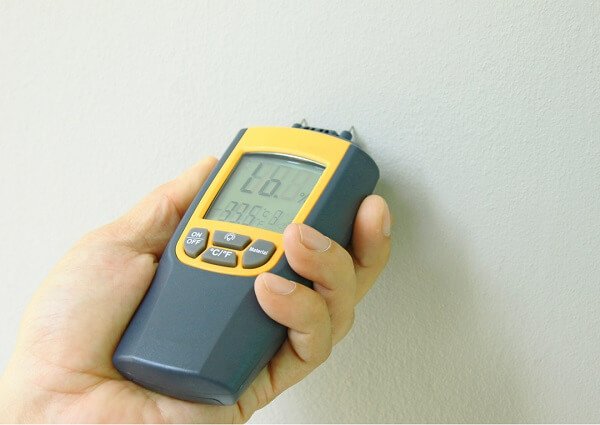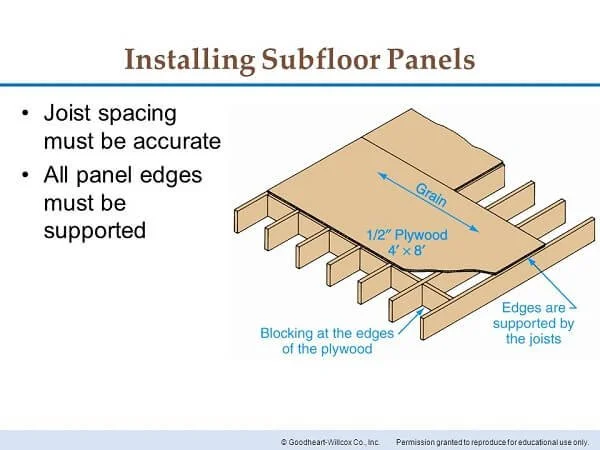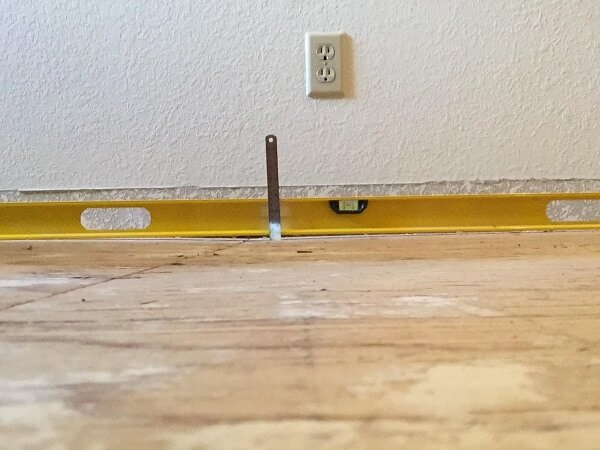The installation of a beautiful, durable flooring can be a simple process, and it starts with installing a perfect, stable wooden subflooring.
Kaltimber flooring done right with the subfloor installed by a trusted contractor.
The subfloor is what lies between the joists and the floor, setting the foundation for a sustainable, lasting floor for your home. Acting as a sturdy, reliable base, wooden subflooring offers incredible strength, rigidity, and durability and controls moisture and dampness effectively.
From plywood to plank to OSB, Kaltimber recommends several wooden subflooring options you can choose from as per your interest, requirements, and budget. There’s no denying that installing a wood subfloor is an excellent choice that will pay off in the long run. However, if you don’t do due diligence before installing a subfloor, you are likely to encounter some issues and technical hitches. Here are a few tips that will help you avoid making mistakes when installing your wooden flooring and make the installation process simpler and easier.
Mistake #1: Not Checking the Moisture Level
Humidity and moisture can greatly affect the integrity and sustainability of your wooden subflooring. Most wood materials are subjected to absorb moisture present in the atmosphere. Increased moisture could turn out to be a major stumbling block and often damage your floor beyond repair. That’s why you must check the moisture levels of the material being used before starting with the installation process.
Mistake #2: Not Leaving Proper Spacing
Improperly spaced and placed subfloor panels can cause performance issues and lead to various structural failures, such as raised joints or buckling. While installing panels too tightly or without any gaps won’t allow the material to expand and contract, leaving too much gap can cause excessive movement and noises. To avoid this, you must leave a proper expansion gap of 1/8” to 1/16” between the subfloor panels. This value may differ depending on the kind and quality of the material you decide on.
Mistake #3: Not Letting the Subfloor Dry Completely
No matter what wooden subflooring you install, you must allow your subfloor panels to dry completely before installing underlayment or finished flooring.
Mistake #4 Not Level your Subfloor
This is one of the most common mistakes which most installers make and is often overlooked. Before installing the finished flooring, ensure that your subfloor is not only clean and dry but also relatively level and structurally sound. Ignoring this fact can reduce the durability of your new subfloors and lead to bulges, dips, and other inconsistencies later.
Mistake #5 Not Hiring a Professional
Most people hire a general handyman or try to do the job themselves to avoid a few bucks. At first, this may seem a cost-effective and sound option, but it can backfire and turn out to be an expensive affair. If the process is conducted in the wrong order or any step is missed, you would be forced to shell out extra money on repairs and fixing the problem. We wrote an article about how to choose a contractor to build your deck that is perfectly applicable to the flooring case.
With the help of the above-mentioned tips, installing wood subfloors for your home will be a walk in the park!!







